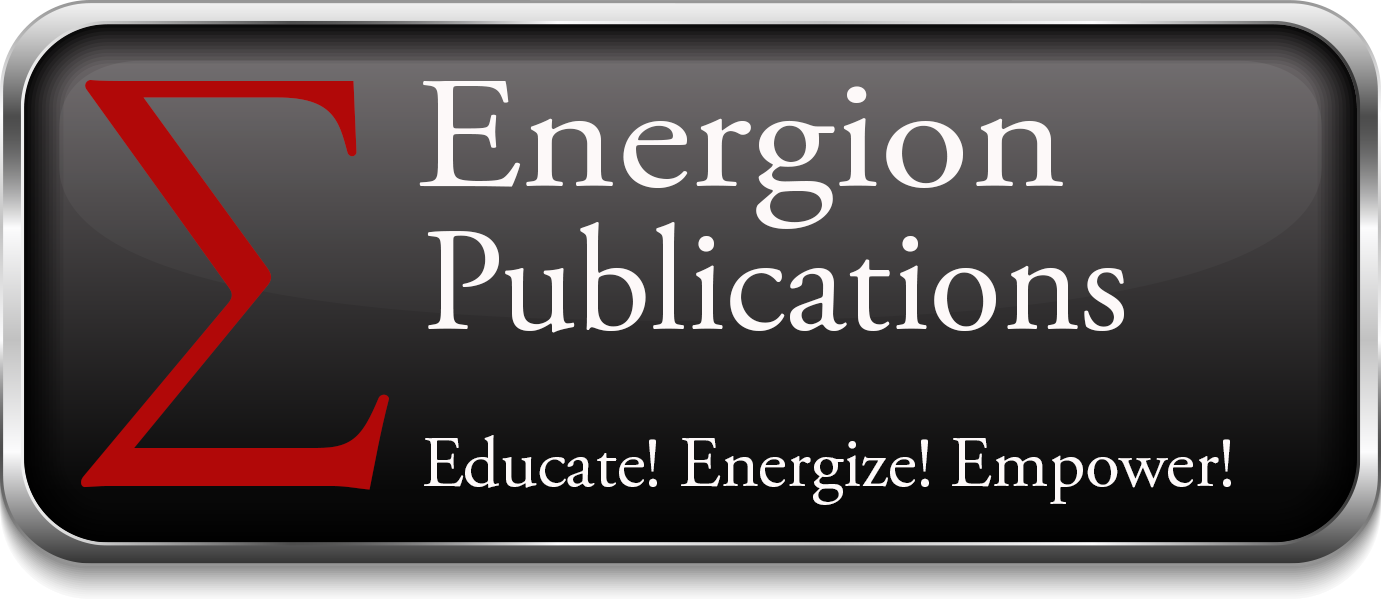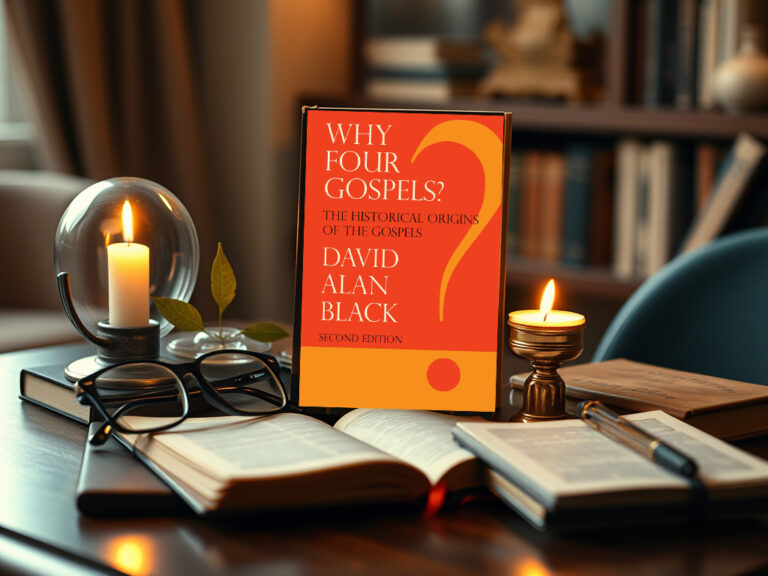MY CONTINUING JOURNEY AS A MIZPAH
by Nancy Petrey
 It was on August 18, 1995, that God called me to a specific work in His kingdom, that of a “Mizpah” for Israel. It came in the form of a personal prophecy from my husband, who said, “The Lord has told me you are a Mizpah for Israel.” A friend pointed me to the story of the covenant made between Jacob and his father-in-law, Laban. “And Laban said, ‘This heap [of stones] is a witness between you and me this day.’ Therefore its name was called Galeed, also Mizpah, because he said, ‘May the Lord watch between you and me when we are absent one from another.” Later I found out that Israel and the Church were indeed “absent one from another,” because the Church had cut off her Jewish roots!
It was on August 18, 1995, that God called me to a specific work in His kingdom, that of a “Mizpah” for Israel. It came in the form of a personal prophecy from my husband, who said, “The Lord has told me you are a Mizpah for Israel.” A friend pointed me to the story of the covenant made between Jacob and his father-in-law, Laban. “And Laban said, ‘This heap [of stones] is a witness between you and me this day.’ Therefore its name was called Galeed, also Mizpah, because he said, ‘May the Lord watch between you and me when we are absent one from another.” Later I found out that Israel and the Church were indeed “absent one from another,” because the Church had cut off her Jewish roots!
A personal prophecy is not meant to direct your life but to confirm a direction that God is already leading you in. I had already been acting as a witness and a watchman for Israel after being inspired by my first tour there in 1994. Being in Israel gave me the feeling I had gone home, and upon my return I wrote a report entitled, “Back to My Roots.” This was before I even knew there was a Jewish roots movement. Now God was calling me to help the Church to be reconnected to her Jewish roots.
The real beginning point of my Jewish roots journey began back in 1975, when I read Corrie Ten Boom’s book, The Hiding Place. The courage she and her family had in hiding Jews from the Nazis in Holland really impacted my life. On a trip to Israel in 1998, with a seven-and-a-half-hour layover in Amsterdam, I was able to visit the Ten Boom watchmaker’s shop where the famous hiding place was located. How dramatic that I could step into the cut-out wall to stand in that hiding place! While in the house I also had the blessing of playing the piano and having others gather around and sing “You are My Hiding Place.”
On my most recent trip to Israel in September-October, 2012, I had another priceless musical experience. My friend and I visited the Jerusalem Prayer Center, which is the former home of Horatio Spafford’s daughter, Bertha Vester. Her piano was in the chapel, and my host in Jerusalem, Roy Kendall, played Spafford’s beautiful hymn, “It is Well with My Soul,” on that piano, as our group sang along. My spirit soared.
Other exciting things have happened to me on my seven trips to Israel, but nothing is more satisfying than seeing my Jewish Messiah in Scripture, as I continue my journey as a Mizpah! I see Yeshua the Messiah closely identified with Israel in the servant passages in Isaiah – “Israel, My Servant” (Isa. 41:8-9; 43:10; 44:1, 21; 45:4; 48:20; and 49:3) and “Yeshua My Servant” (Isa. 42:1; 49:5-6; 50:4-10; 52:13; and 53:11.) The servant roles of both Yeshua and Israel are juxtaposed, however, within these three verses: “… You are My servant, O Israel, in whom I will be glorified … And now the Lord says, Who formed Me [Yeshua] from the womb to be His Servant [Yeshua], to bring Jacob back to Him, so that Israel is gathered to Him … It is too small a thing that You should be My Servant to raise up the tribes of Jacob and to restore the preserved ones of Israel; I will also give You as a light to the Gentiles …” (Isa. 49:3, 5-6).
Never forget that Jesus was born King of the Jews, died King of the Jews, and is coming back to Jerusalem, the Jewish capital, as not only King of the Jews, but King of the whole world!
Although national Israel today does not recognize Yeshua of Nazareth as their long-awaited Messiah, they will soon. Zechariah prophesies, “… they will look on Me whom they pierced. Yes, they will mourn for Him as one mourns for his only son, and grieve for Him as one grieves for a firstborn” (Zech. 12:10), indicating repentance and recognition! It is interesting that the word “whom” in this verse was inserted by the translators, because the Hebrew word, “et,” is not translatable. This little word, “et” looks like this in Hebrew – את, and it is always used between a verb and its object. The two Hebrew letters making up “et” are Aleph (א) and Tav (ת), which are the first and last letters of the Hebrew alphabet. In Greek they would be Alpha and Omega! Who does that remind you of? The little word “et” gives the identity of the “WHOM,” connecting “Me” (Jesus) and “they” (Israel) in this verse! He is the Aleph and the Tav, the First and the Last! The Hebrew letters form a picture of His sacrifice – Aleph (א), the ox, a sacrificial animal, and Tav (ת), a CROSS in its earliest form! Chew on that a while!
It is satisfying to see a portrait of the Jewish Messiah hidden in the Hebrew alphabet. And knowing that we are grafted in to the Jewish olive tree (Rom. 11:16-24) causes Scripture to really open up to us. Current events in Israel become more personally relevant also. We will not only see Bible prophecy being fulfilled, but we can choose to be involved in it!
Maybe I have whetted your appetite to take a Jewish roots journey. I pray so. What kind of journey are you on now in your walk with the Lord?





Nancy, thank you for your interesting, enlightening, and heart-warming post.
Thank you, Jean, for your supportive comment.
Blessings,
Nancy
You have whetted my appetite . I will continue to learn on this subject. Thank you for always saying yes Lord, Nancy!
Alyson, thanks for letting me know I whetted your appetite. Jesus is our Lord, and we are sisters.
Blessings,
Nancy
Hey Nancy, we have much in common. No 45 second elevator ride for this comment though. I would only say that my investigation into the mind of the human Jesus in the study of Hebrew takes many forms including questioning a superficial reading from any particular century of translation. The relative pronoun is present in the verse you note. It is not inserted as you note. The direct object marker aleph-taf is present and not translated as it is most of the time. Here is my own interlinear for the verse. One has to consider that bitter mourning or wailing (there are many words for sorrow in Hebrew as in English) may have some ambivalence in the mind of the mourner. Perhaps that is why there is care taken here to qualify the wailing and bitterness.
ושׁפּכּתּי and I will pour out שׁפּךּ
על over
בּיתּ the house of
דּוידּ David דּודּ
ועל and over על
יושׁבּ the inhabitants of ישׁבּ
ירושׁלםּ Jerusalem
רוח a spirit of
חןּ graciousness חנּןּ
ותּחנּונּיםּ and supplications חנּןּ
והבּיטו and they will take note נּבּט
אלי of me אל
אתּ —
אשׁר whom
דּקרו they have thrust through דּקר
וספּדּו and they will wail ספּדּ
עליו for him על
כּמּספּדּ as one wails ספּדּ
על over
היחידּ one who is unique יחדּ
והמּר and they will be bitter מּרר
עליו over him על
כּהמּר as one is bitter מּרר
על over
הבּכּור the firstborn בּכּר
Will there be a change from self-protection and assumption of privilege in our current affairs that moves toward a real turning? There is a very complex relationship between Israel and the gift of the firstborn that needs a considerable teasing out from the Senior Testament. I note here that the word rendered as habitation is ‘to sit’ – and this means ‘to have a seat of government’ – where do we ‘sit’ on this matter? How can humanity learn to govern with a spirit of graciousness?
those who read Hebrew, pardon all the spurious degashim. I must fix that transcription algorithm!
Bob, I don’t have a clue what “degashim” means! I am way out of your league in Hebrew. You are quite a scholar, and I know nothing in comparison with you.
I felt drawn to study Hebrew even before God called me to be a “Mizpah” for Israel, but I studied modern Hebrew. My main purpose was to be able to speak with Israelis. As I began to learn it, I became fascinated with it, especially with how Eliezer Ben Yehuda was used by God to resurrect this dead language. Wow!
I got hold of a book that showed the Messiah in every letter of the alphabet, a devotional book. It is out of print now, but I found all the copies of it and bought them. You might be interested in it – “Messiah and His Hebrew Alphabet” by Dick Mills and David Michael. It was in this book that I found out about the aleph-tav (“et”) in Zech. 12:10. I will mail you a copy, if you want it. I also read the life story of Ben Yehuda – “Tongue of the Prophets” by Robert St. John. What a miracle story!
I saw on your profile page that you teach children. That is wonderful. And you also sing. So do I. So I guess we do have a lot in common.
Blessings,
Nancy
A dagesh is the little dot that occurs in some letters. Particularly in ב, ג, ד, כ, פ, ת. In ב and פ the difference in the sound of the letters is pronounced, פ is P or F depending on the dot and ב is B or V. Other sounds may differ in some dialects.
I think it is vital to learn the details of the marks in the Masoretic text – they speak to a love of the word that is unparalleled. Also how could you get the music of the text without this knowledge. Have you seen the 6000 pages of music I have posted that is derived directly from the text without any human intervention? Click here.
Yes – you can see in every letter and every word and every pericope the Anointing (Messiah) that is evident in the Old Testament – the same gift that emerges in full in Jesus. How will we read more accurately than the political church?
Bob, I wondered if that is what the word meant. Yes, I know that the letters are changed by the dots, like P/F and B/V, etc. I don’t understand your question, “How will we read more accurately than the political church?”
Have you read “Tongue of the Prophets”?
Will try to check out the music later. Bedtime for me. 🙂
Blessings,
Nancy
I must say because of your book i keep looking for the Jewishness of the faith. This seems to be catching on as well with many people in my timeline.
Conrad, I am so glad to hear that. It truly is a timely subject as the return of Jesus/Yeshua back to Jerusalem is not far off! Exciting days we are living in.
Blessings,
Nancy